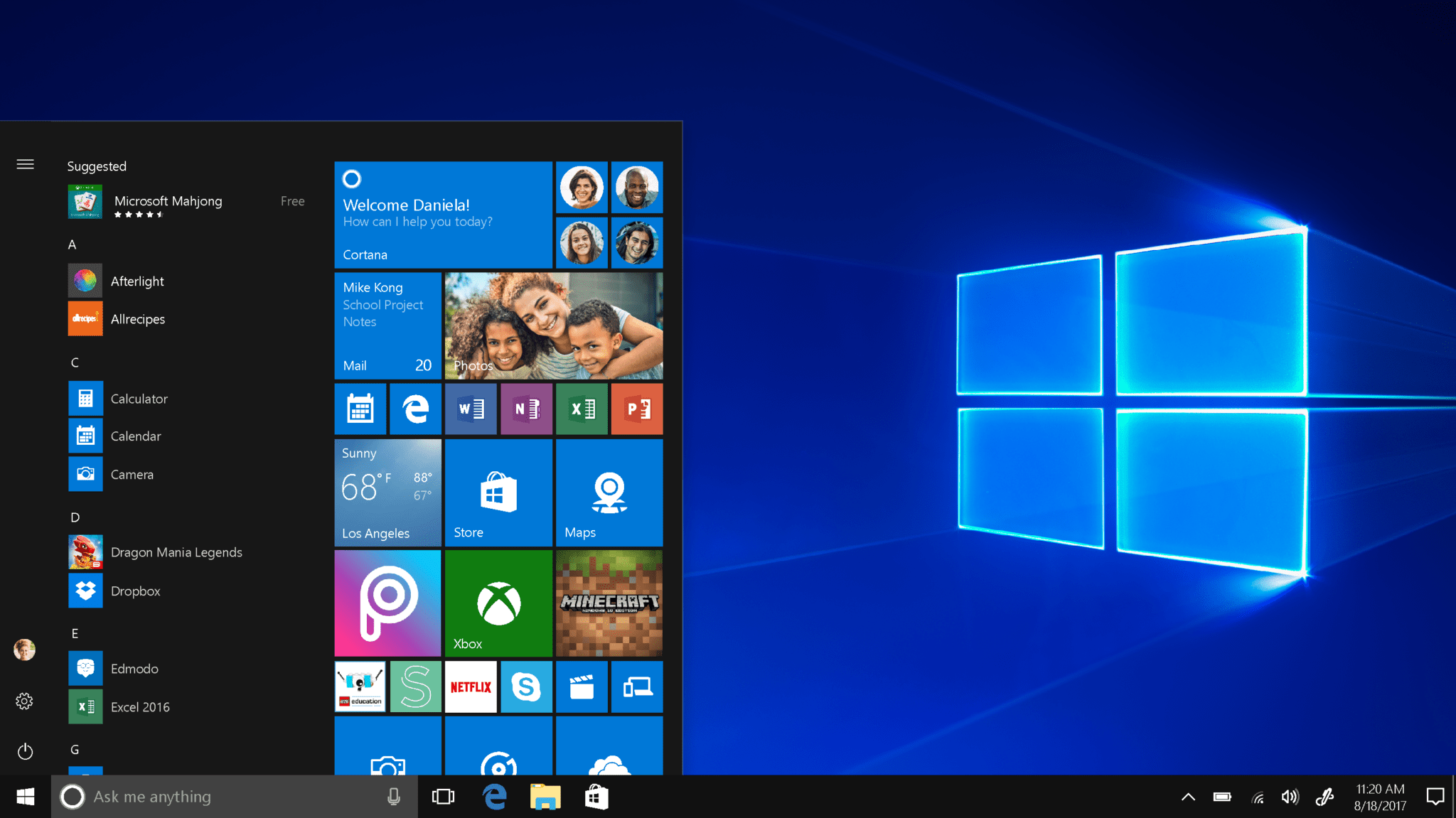Table of Content
I have described my small smart home server and hub based on the Raspberry Pi 4 in depth in this article. In 2017, the full version of Windows 10 gained the ability to run on ARM, which rendered a specific version of Windows for ARM-based tablets unnecessary. Kodi is free to use a player that is specially designed to play movies. It is one of the best Windows 10 media server that supports a wide variety of media formats like MIDI, MPEG-1, MPEG-2, and MPEG-4. That 4TB capacity is a huge selling point because it's plenty of room for all of your media, whether that means movies and TV shows or photos or music. Usually when you're looking to fill a NAS device or something you will buy multiple drives, so it's really great to find deals like this that you can take advantage of.
In each part I will also add the needed Ansible files to automatically install them. Basically it is working on the local server, running as root and using variables I have defined in a separate main_vars.yml file. It will start by installing a couple of packages that I need for my setup and then run through a set of tasks that I wrote for the different parts of the software stack. It will set up the ZFS file system, create users and folders, set up Docker and some more. At a time where services are controlling increasingly important parts of your life this control and independence can be invaluable. In the long run it can even be more cost effective in the long run.
"Cloud computing" is a kind of public resources media development must not blindly advance
The application enables you to manage content access for your children. Following is a handpicked list of Top Media Server Software for home/office, with their popular features and website links. The list contains both open source and commercial software. Your user manual should also have a guide on how you can transfer data to the server. You can run this operating system using a Live CD, bootable USB drive by dual-booting, or simply install it as a standalone OS on your computer . But as I mentioned earlier different NAS casing brands will have different means of disk installation but the above method should work for most of them.

Another advantage to an on-premises lab environment is flexibility; you can configure your lab any way you want and you can make changes when you please. Cloud providers put constraints in place to protect the integrity of the underlying infrastructure. As such, there are some configurations that are difficult to emulate in the cloud. Average 15% performance boost to photo indexing and other computing-intensive operations, as well as database response time. Featured dual 1GbE LAN ports to support network failover, and with Link Aggregation enabled, DS220+ provides over 225 MB/s sequential read and 192 MB/s sequential write throughput. Data can be further protected with RAID 1 disk mirroring to prevent sudden drive failure.
Learn to create a smarter home media experience
However, it might be a good idea to look for a board with on-board VGA (I'll explain why later). If you got money burning holes in your pocket, you might as well spend it on fireworks because spending it on a fancy board certainly won't give you a faster or better home server. Gigibyte, MSI and abit all make boards that are ideally suited to home server application. If you're handy with a screwdriver and have a little free time, you can save some cash by building your own Windows Home Server machine using an old PC or a new bare-bones system.

Some very costly, specialized or hard to configure services might actually be better of with an external provider. If you only use your services very rarely or are not at all willing to dive into some of the knowledge needed for hosting this might also not be the right place for you. October 14, 2025 is the general end-of-support date for Windows 10. Specific versions and editions of Windows 10 have different end of support dates; see Windows 10 version history for a breakdown of dates by version and edition.
Server versions
Availability – It’s meant to be on at all times, therefore, your media will always be available. With a computer, you must ensure it is actually on to access the media. Its purpose is to provide high-quality video to one or even multiple sources without buffering. If it has a slow processor or small amount of RAM, then it will be more susceptible to buffering or lag.
Wired not Wireless – Always hard wire the NAS with an Ethernet cable. Do NOT use a wireless signal, it simply won’t be reliable enough for the NAS to operate smoothly. Support – Access to customer support through the manufacturer.
You will also need to use OS and management software that is DLNA certified for better performance and security. Computer operating systems such as windows and Linux have built-in software that may need to be activated to use the computer as a server. You can use these but they would not be as effective as a standalone and dedicated media server OS. You may also need to format your drives once you turn on your home media server to a format that is designed for large storage, for example, Btrfs for Synology. After that, you can then create assigning permissions and shared folders depending on the number of users. An example of Synology media servers would be Find.Synology.com.

But there are still great solutions if you want to run a home media server and stream to all your devices. NAS/Computer Transfer Speed – Find out the transfer speed your NAS enclosure or computer’s network card supports. As mentioned, most NAS enclosures support up to 1 Gb/sec transfer speeds.
A reverse proxy makes it possible to reach select services from anywhere on the web. Think of servers as the complex machines that form the backbone of corporate computer networks. But the functional definition of a server is far more flexible than that.

There also tons of other apps available for backup/syncing, content management, entertainment, home automation, security, and more. It has access to many applications to make it more than just a simple media server. To install a hard drive into a desktop computer, remove the case cover, mount the hard drive into one of the available 3.5-inch drive bays, and connect the SATA and power cables. The process of actually installing the hard drives should take no longer than 5-10 minutes.
If you pull all this data into a nice Grafana dashboard you will get some great insights. When you are hosting your own game then the upload speed of your internet connection is important. Files are getting bigger and bigger, and we all want to keep our photos, videos, and other files as long as possible. When you have a server at home then it makes perfect sense to centrally store your data on the server. If you are looking for a more powerful solution or need to store a lot of data I recommend using a different platform.
Tune in again next week when we’ll explore how to set up WHS clients, add storage to your server, and configure many of Windows Home Server’s key features. Windows Home Server isn't sold as a retail product, but that doesn't mean it's not available to consumers. You can buy a "system builder" copy from many online retailers for about $100. You should be aware that Microsoft does not allow you to reuse this license if you migrate to different hardware down the road. You state to connect the NAS to the router via Ethernet, but will I access this home server wirelessly with my various devices?
Homelab Server
For the chassis, you can either recycle an otherwise past-its-prime computer or buy a bare-bones system such as the VIA ARTiGO A2000 we'll use in this example. Both have fairly similar features, although Plex definitely offers a more comprehensive suite of apps — PlayStation, Xbox, and Fire TV support, for example. The iOS Plex app costs $5, and the Xbox and PlayStation app both require a “Plex Pass” subscription that will cost you $5 a month. The two biggest solutions to recommend are probably Plex and Media Browser.




